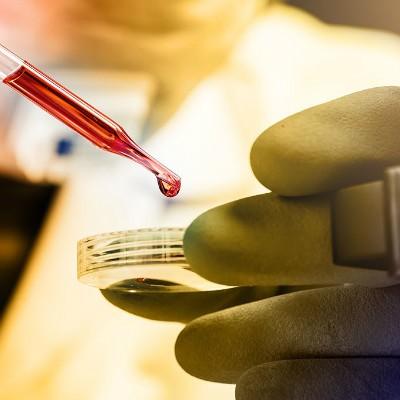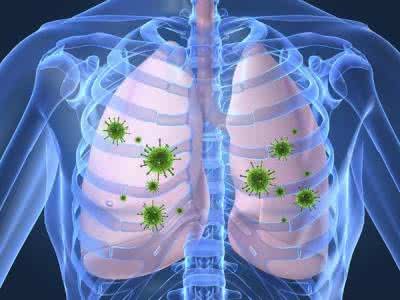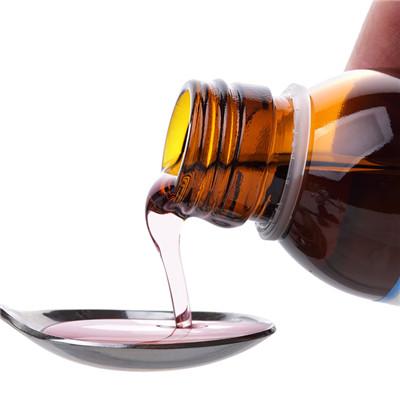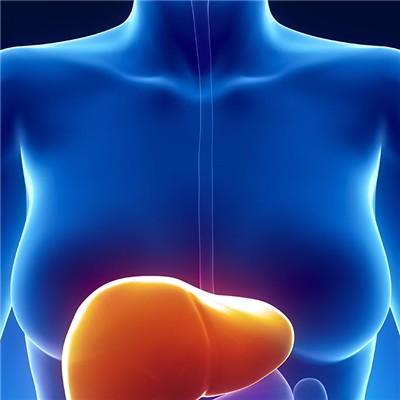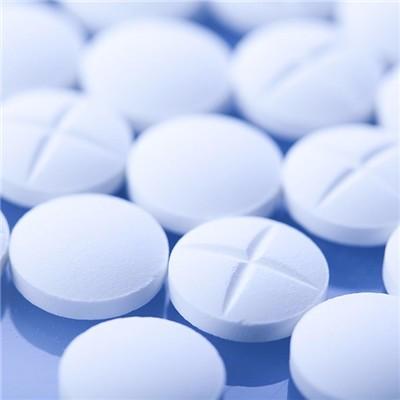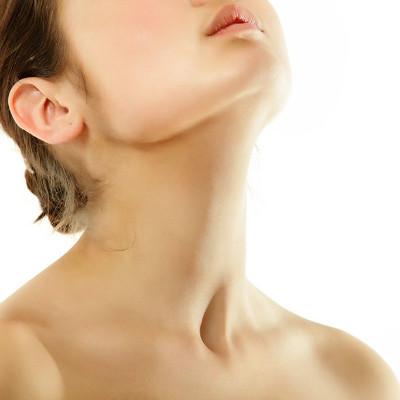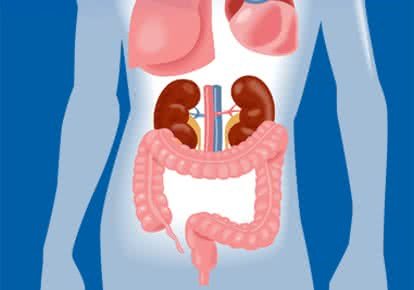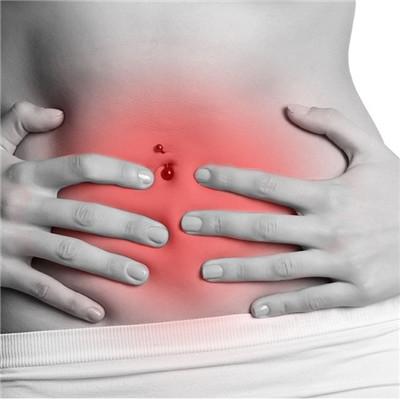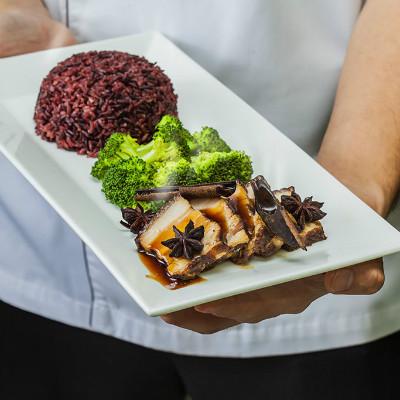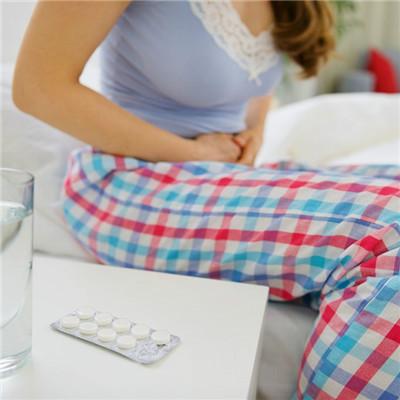Symptoms of angina in young people
summary
Angina pectoris is a clinical syndrome with paroxysmal chest pain or chest discomfort caused by coronary artery insufficiency, acute myocardial ischemia and hypoxia. Angina pectoris is the pain that the heart ischemia reflects to the surface of the body. It is characterized by paroxysmal and squeezing pain in the chest, and can be accompanied by other symptoms. The pain is mainly located in the back of the sternum, and can radiate to the precordial area and the left upper limb. Labor or emotional excitement often occurs. Each attack lasts for 3-5 minutes, once a few days or several times a day, It disappeared after rest or nitrates. Symptoms of angina pectoris in young people? Let's talk about it
Symptoms of angina in young people
Most of the pain sites are located in the retrosternal or precordial area, and atypical cases can also occur in any part between the upper abdomen and pharynx, or in the mandible, gums, etc. The scope of pain is often vague, generally can't use the hand to point out the exact part. Any pain that can indicate the exact location, especially a certain point of pain, is often not angina pectoris.
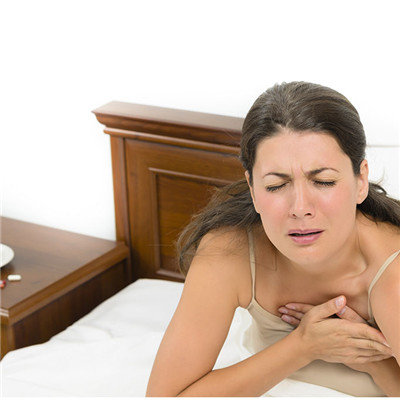
Angina pectoris is often not only chest pain, but also radiates to the shoulder, upper limb, neck and gums, especially to the left shoulder or upper limb, from the medial forearm to the little finger and ring finger. Typical angina attack time is usually 3-5 minutes, rarely more than 10-15 minutes. Only unstable angina pectoris and a few variant angina pectoris had longer pain time. Pain, like lightning, is not angina in a flash or lasts only a few seconds.
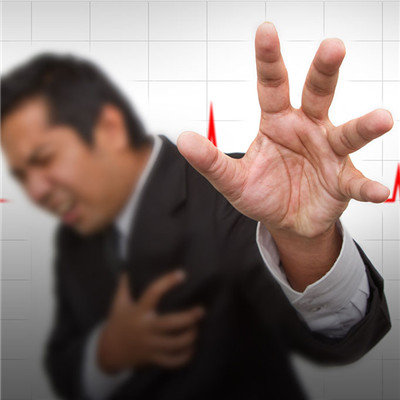
Angina pectoris caused by physical activity can be relieved within a few seconds after cessation of activity or sublingual nitroglycerin. This is a typical clinical manifestation. But there are also many patients, angina pain, rest or sublingual nitroglycerin can't relieve, at this time, most of them are serious myocardial ischemia, should go to the hospital immediately.
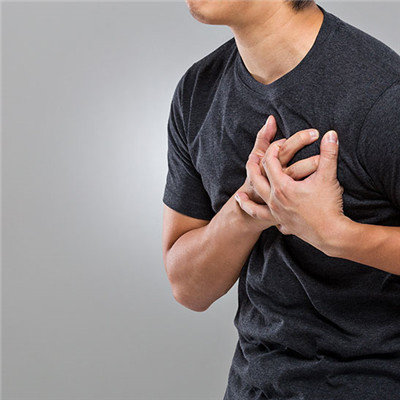
matters needing attention
Eat less salt, the main component of salt is sodium chloride, long-term consumption of sodium chloride, will make blood pressure rise, vascular endothelial damage. The daily salt intake of patients with angina pectoris should be controlled below 6 grams. Eat less fat, reduce calorie intake. High fat diet can increase blood viscosity, increase blood lipids, hyperlipidemia is the cause of angina pectoris. The amount of edible oil should be reduced as much as possible. Oil is also an important substance for fat formation. However, vegetable oil containing unsaturated fatty acids can be used instead of animal oil, and the total daily oil consumption should be limited to 5-8 teaspoons.

